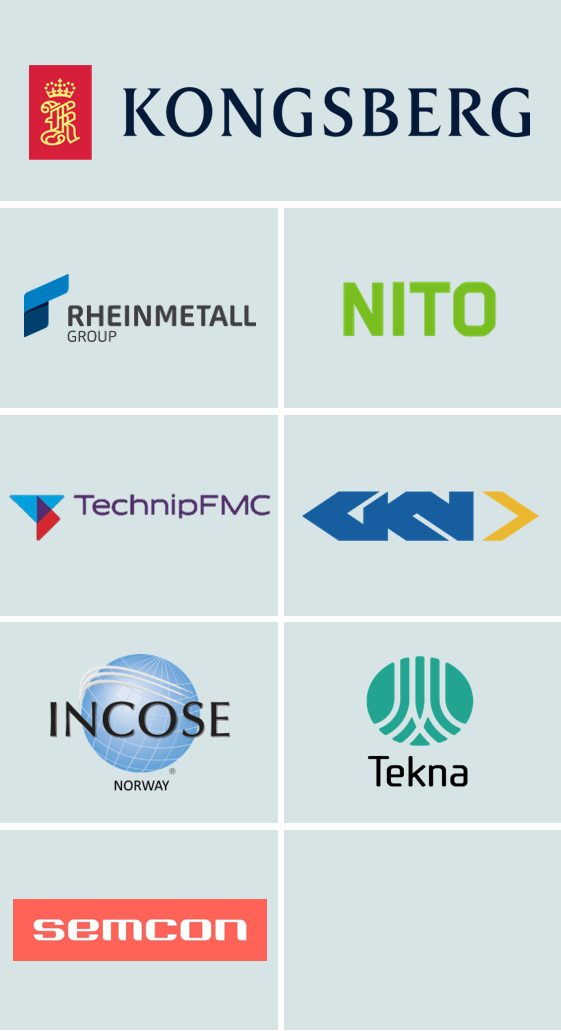Hello Everyone!
As you know, the days to the 2013 event is flying by already, so here is some information for you. More updates to come!
KSEE 2013 is scheduled for Thursday June 13 (drinks at 15:00, start of first session 16:00), and Friday June 14 until 12:00. Friday June 14 in the afternoon is the HiBu graduation ceremony for bachelors and masters.
The topic for the year’s event is “Systems Integration, when the going really gets tough.”
During systems integration, most projects are hit by unexpected surprises resulting in delays and deviations of the specification. When the components are build together for the first time, then the implicit assumptions, missed interfaces, disappointing performance, unknown interference, and dismal reliability become visible.
All shortcomings of the definition and design process surface during systems integration. Unfortunately, limited knowledge and wisdom of the development team, in combination with time and resource constraints, will always result in some surprises in systems integration. The challenge for the specification and design team is to minimize them, the challenge for the integration team is to hit future problems as early as possible.





